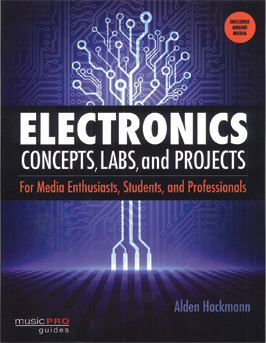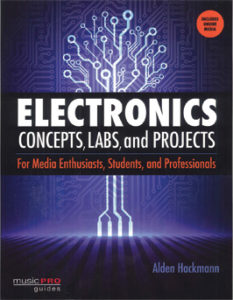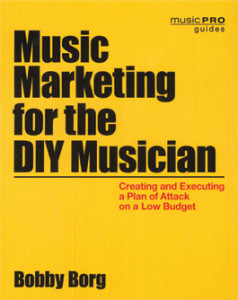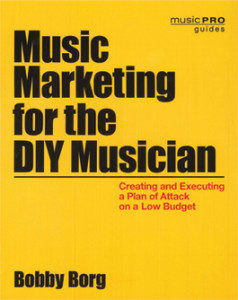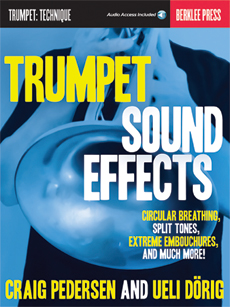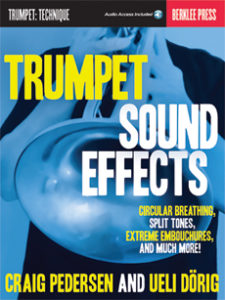by Deborah Newmark, Director, Symphonic Electronic Media
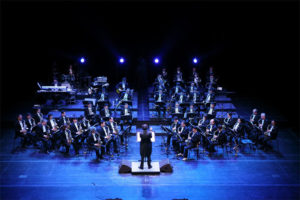 To familiarize the 70-plus orchestras now working under the new Integrated Media Agreement (IMA), and for those that may work under the agreement in the future, it is helpful to examine some of the provisions that are designed to assist orchestras in promoting themselves and building audiences into the future. The IMA negotiations were a hard-fought battle against forces that believe that everything we do can be described as promotion, and should therefore be free. We succeeded in fending off this attack, but ultimately agreed to allow for some expansion of the promotional opportunities, while maintaining the upfront payments and revenue sharing that are key components of the majority of the agreement.
To familiarize the 70-plus orchestras now working under the new Integrated Media Agreement (IMA), and for those that may work under the agreement in the future, it is helpful to examine some of the provisions that are designed to assist orchestras in promoting themselves and building audiences into the future. The IMA negotiations were a hard-fought battle against forces that believe that everything we do can be described as promotion, and should therefore be free. We succeeded in fending off this attack, but ultimately agreed to allow for some expansion of the promotional opportunities, while maintaining the upfront payments and revenue sharing that are key components of the majority of the agreement.
To be a signatory to the IMA, an orchestra must have a collective bargaining agreement with their local, a permanent roster, and an orchestra committee. The 70-plus eligible orchestras signed to the new IMA will be able to take advantage of these new, expanded provisions. There are 50-plus orchestras still working under the older IMA and they will continue to use the news and promotional provisions under the older agreement.
The promotional language in the new IMA (2015-2017) is divided into subsections: Use of Captured Material for Promotion; Promotion via Performance Streaming; Volunteer Promotional Recordings; and Gifts to Donors, Corporate Sponsors, and Subscribers.
Footage for these promotional pieces will be captured at live services (rehearsals or performances). The one exception to this form of capture is the volunteer promotional recording provision (discussed later in this article). There are time limits on the amount of capture and use for all promotional pieces.
From Capture to Finished Promo
The new provisions make it possible for orchestras to greatly expand their time and presence on social media. Typical uses would be the institution’s Facebook and YouTube pages, as well as other social media sites. It also covers use in cell phones or wireless transmission, streaming e-mails (perhaps to subscribers), podcasts, and use in kiosks or monitors in promotional locations. The material can also be used by institutional sponsors or partners for their websites, as long as the material isn’t being sold.
The agreement also provides an opportunity to stream a performance that was free to the public for 45 days in order to expand the institution’s community outreach. In addition, there is a new provision that (with orchestra approval) allows for one concert that was not free to the public to be streamed for the same 45-day period.
Volunteer Promotional Recordings
Lengthy discussions took place at the IMA negotiations over the issue of the employers’ and potentially the musicians’ interest in being able to participate in audio or audiovisual interviews and activities that, in addition to talking, include individual demonstrations on their instruments for promotion. An example of this type of promotion might be an employer’s interest in featuring a new player in the orchestra, or asking a player to demonstrate an excerpt of a piece from an upcoming concert.
Our negotiating committee felt that the only fair way to do this was to make it voluntary for the interested musicians, plus create rules that had to be followed to ensure consistent application of this new provision. Musicians can accept or decline the offer without affecting their status in the orchestra. These recorded interviews cannot be used in any kind of disciplinary procedure. The recording can be done at a time and place chosen by the volunteer musician. Recording time is limited to 45 minutes and the final product can be no longer than 15 minutes. It is available for two years from the date of posting. Musicians that participate have approval over the repertoire and have final say in whether or not the product gets used.
This new provision is designed to create some order in what was previously a chaotic approach to these types of projects. As it is a new provision, the AFM will be collecting information about these projects along the way to evaluate how well it is working.
Gifts to Donors, Corporate Sponsors, and Subscribers
In the past, the Federation has assisted individual orchestras that wanted to make a gift of a CD to their donors during major fundraising campaigns. Special agreements were created by the AFM and approved by the musicians of each institution. These agreements allowed for the creation of a CD to bring in needed dollars to the orchestra as part of a major fundraising drive. In an effort to codify an existing practice, the AFM agreed to include such provisions in the agreement.
There are now two donor paths that an orchestra must choose between to create one project per season. The first path allows for the creation of a CD, DVD, audio download, or AV download to be distributed to donors as a gift. There are minimum donation requirements and limits on the number of copies. This product can’t be sold or broadcast.
The second path an orchestra can choose is to create a donor portal on the orchestra’s website (or a third party website, if the orchestra doesn’t have the ability to host the portal on its own site). Once again, there are minimum levels that must be met by donors and limits on the amount of music that can be posted. Access to the portal must be password protected or otherwise restricted. The material will be available for on-demand streaming—no downloads. The orchestra committee has artistic and project approval for either path. There is also a new provision that allows the possibility of providing a CD or DVD gift to a major corporate sponsor or underwriter up to one time per year (with Federation approval).
The final promotional category covers the release of product for subscribers or multi-ticket buyers. This is an opportunity to provide them with a taste of what a donor gets as a possible enticement to move them up to the donor level. Up to two times per year, the employer can provide them with a free download (or another perk like a maximum two-week period of access to a donor portal) in connection with a targeted marketing program specifically approved by the Orchestra Committee. There are time limits for the product posted.
Time will tell if signatory institutions take advantage of these wide-ranging opportunities to promote themselves. The resulting reported activity will inform the discussion when the time comes to bargain the successor IMA.




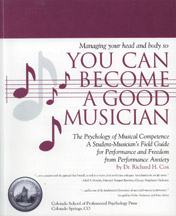 “Feeling nervous before a performance is normal,” says Dr. Richard Cox, a musician, music educator, and psychologist at the Colorado School of Professional Psychology.
“Feeling nervous before a performance is normal,” says Dr. Richard Cox, a musician, music educator, and psychologist at the Colorado School of Professional Psychology.

